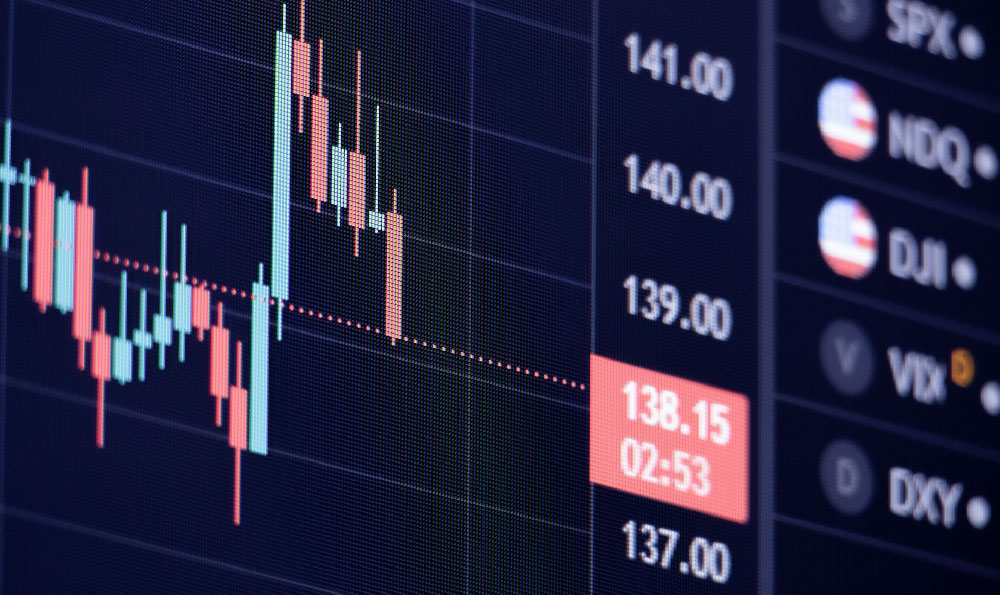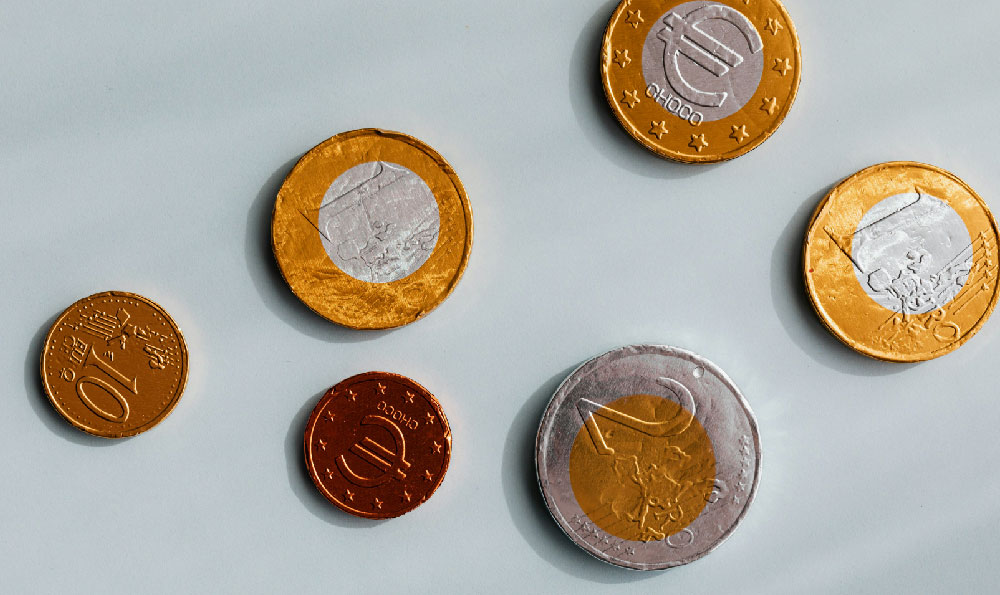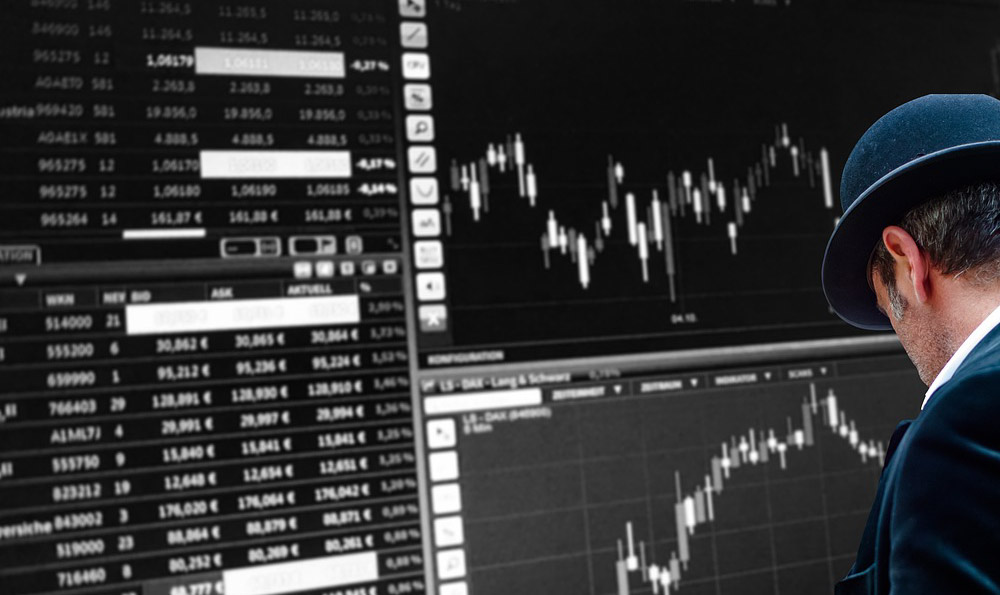Can MetaMask Accept USDT? Is Keepbit Platform Compatible?

MetaMask, a widely-used cryptocurrency wallet, primarily supports Ethereum and Ethereum-based tokens, adhering to the ERC-20 standard. Tether (USDT), a stablecoin designed to maintain a value pegged to the US dollar, exists in several forms, including ERC-20, TRC-20 (on the TRON network), and others. This raises a crucial question: Can MetaMask directly accept all forms of USDT? And what about the compatibility of platforms like Keepbit? Let's delve into these aspects.
USDT and MetaMask: Understanding the Compatibility
The straightforward answer is yes, MetaMask can accept USDT, but only the ERC-20 version. Because MetaMask is designed to interact with the Ethereum blockchain, it natively supports tokens built on the ERC-20 standard. If you're dealing with ERC-20 USDT, sending it to your MetaMask wallet is a relatively straightforward process.

However, if you're holding USDT on other blockchains like TRON (TRC-20 USDT) or Binance Smart Chain (BEP-20 USDT), sending it directly to your MetaMask wallet will result in a loss of funds. MetaMask is not designed to interact directly with these alternative blockchains without specific configurations and bridged assets.
How to Receive ERC-20 USDT in MetaMask
Receiving ERC-20 USDT in MetaMask is quite simple:
- Ensure you are on the Ethereum Mainnet: In your MetaMask wallet, make sure the network is set to "Ethereum Mainnet." This is crucial for handling ERC-20 tokens.
- Add USDT as a custom token (if necessary): MetaMask may not automatically display USDT. To add it, click "Import tokens" at the bottom of your assets list. Search for "USDT" or manually input the token contract address (0xdac17f958d2ee523a2206206994597c13d831ec7). MetaMask should populate the token symbol and decimals automatically. If it doesn't, double-check the contract address on a reputable source like Etherscan.
- Share your Ethereum address: Give the sender your Ethereum address (the one displayed in MetaMask). This address is the destination for the USDT transfer.
- Receive the USDT: Once the sender initiates the transfer, the ERC-20 USDT should appear in your MetaMask wallet after the transaction is confirmed on the Ethereum blockchain.
Dealing with Non-ERC-20 USDT and MetaMask
If you have USDT on blockchains other than Ethereum, you'll need to use a bridge or exchange to interact with MetaMask. Here are a few options:
- Using Cryptocurrency Exchanges: Exchanges like Binance, Coinbase, and Kraken allow you to deposit USDT from various blockchains. You can then withdraw the USDT as ERC-20 tokens to your MetaMask wallet. This usually involves a small withdrawal fee.
- Cross-Chain Bridges: Bridges like Multichain or AnySwap facilitate the transfer of tokens between different blockchains. You can use these bridges to convert TRC-20 USDT to ERC-20 USDT. Be aware that using bridges may involve fees and potential security risks, so choose reputable and well-audited bridges.
- Wrapped Tokens: Some platforms offer wrapped versions of USDT on Ethereum (e.g., wUSDT). These wrapped tokens represent USDT held on another blockchain and are designed to be compatible with the Ethereum ecosystem.
Keepbit Platform Compatibility: What to Consider
The compatibility of the Keepbit platform with MetaMask depends on what blockchain Keepbit primarily supports and what functions it offers. Generally, if Keepbit interacts with ERC-20 tokens on the Ethereum blockchain, it should be compatible with MetaMask.
Here's what you need to investigate:
- Supported Blockchains: Determine which blockchains Keepbit supports. Does it support Ethereum and ERC-20 tokens? If so, MetaMask can likely interact with it. If it primarily supports TRON or Binance Smart Chain, direct MetaMask integration might be limited.
- Wallet Integration: Does Keepbit offer a direct wallet integration with MetaMask? Some platforms allow you to connect your MetaMask wallet directly to the platform, enabling you to interact with your tokens seamlessly.
- Token Transfers: If you need to transfer tokens to or from Keepbit, ensure you're using the correct network. For example, if you're sending ERC-20 USDT from MetaMask to Keepbit, make sure Keepbit supports ERC-20 USDT and that you're using the Ethereum network.
- Platform Documentation: Refer to Keepbit's official documentation or support resources to understand its compatibility with different wallets, including MetaMask. They should provide specific instructions on how to connect and use your MetaMask wallet with their platform.
Risk Management and Due Diligence
Investing in cryptocurrencies involves inherent risks, and USDT, despite being a stablecoin, is not immune to these risks. Before investing in USDT or using any platform like Keepbit, conduct thorough research and consider the following:
- Understanding Stablecoins: Research the mechanics of stablecoins and the potential risks associated with them, such as regulatory uncertainty, counterparty risk, and the risk of de-pegging from the US dollar.
- Platform Security: Evaluate the security measures implemented by Keepbit. Look for evidence of security audits, penetration testing, and other security best practices.
- Smart Contract Risks: If Keepbit uses smart contracts, understand the potential risks associated with smart contracts, such as bugs, vulnerabilities, and exploits.
- Diversification: Don't put all your eggs in one basket. Diversify your cryptocurrency investments to reduce risk.
- Due Diligence: Always conduct your own research and consult with a qualified financial advisor before making any investment decisions.
In Conclusion
MetaMask can indeed accept ERC-20 USDT. If you're dealing with USDT on other blockchains, you'll need to use bridges or exchanges to convert it to ERC-20 or find platforms that specifically support those networks. Regarding Keepbit, its compatibility with MetaMask depends on its support for ERC-20 tokens and Ethereum. Always exercise caution, conduct thorough research, and prioritize security when dealing with cryptocurrencies and blockchain platforms. Understanding the underlying technology and potential risks is crucial for making informed investment decisions and protecting your assets.















